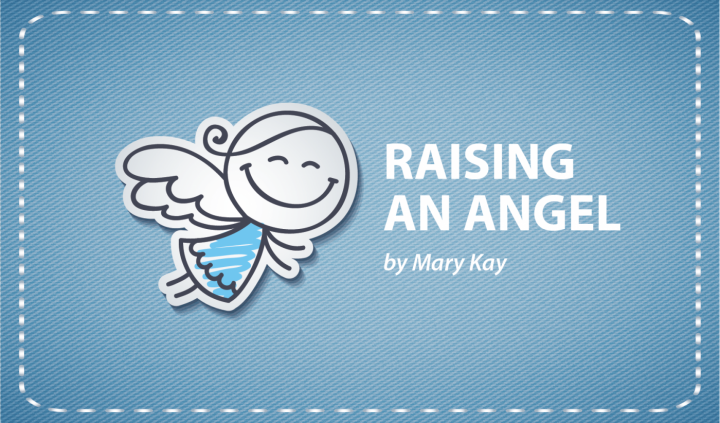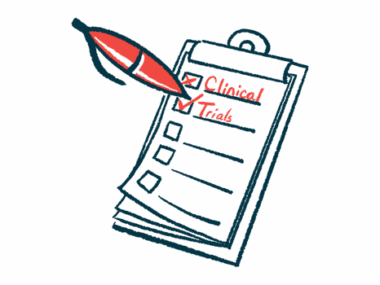October Is AAC Awareness Month
Written by |

October is AAC Awareness Month. If you have an Angel, it’s vital that they have a voice. It’s been my mission to have people recognize Jessie’s iPad as her voice. In previous years, to support her, I’ve gone voiceless. This helped me to communicate with Jess in her own language, and I also learned how difficult it is for her to be nonverbal in a verbal world, especially when relying on an augmentative and alternative communication (AAC) device.
Unfortunately, there are many barriers. The average person talks between 125-150 wpm. Jess uses between 20-40 wpm. By the time Jess gets her thoughts out, the conversation has moved on at least three times. Just like we don’t have much patience waiting for a computer link to open, people don’t want to wait for her either. Of course, they think “all you have to do is tap the words,” but there is more to it than that.
To compensate, Jess has learned to provide one-word answers and will interject them appropriately into a conversation. However, when we are in the car, there is no pressure, and she will expand her thoughts. When we are driving, Jess reminds me of my father. I always said I had his undivided attention when he was behind the wheel. I can laugh about it now. I didn’t always feel safe, but at least I was heard!
A couple of years ago, we had a small dinner party. I planned to give each guest an AAC device. The tables turned, and Jess had the upper hand. Because she was fluent, she could easily find her words. Even when they’d found a word they were looking for, they had difficulty finding it again. I explained that motor planning improves with practice. Just like when using a keyboard, as you grow proficient, you stop thinking about the individual letters. The same goes for an AAC device. Your hand will naturally go to the word without thinking.
Because Jess doesn’t get to converse with other people using AAC, it means we need to model language at home. Every day I do talk to her through the iPad. However, I find that over time I don’t use it as much. This is another reason why AAC Awareness Month is important. We need to raise awareness around us, and it’s important to step it up at home too. The most important thing I can do for Jessie is to be a better communication partner.
The plan for this month is to go voiceless again. I’ll make sure everyone has a Talker on the table during dinner (the one meal we are all together), and review the AAC Action Plan. The action plan is equivalent to musical scales. As they say, the only way to get to Carnegie Hall is to practice, practice, practice — and the only way to be a better communication partner is to model, model, model.
P.S. When we were at the apple orchard, a young man saw Jessie’s Talker and he wanted to say “hi.” My guess is they have met somewhere. Jess smiled and waved.
To read more about our journey, visit my blog. We wouldn’t even have a story if Jess hadn’t found her AAC voice. Also, check Angelman Syndrome News on Fridays for my upcoming columns.
***
Note: Angelman Syndrome News is strictly a news and information website about the disease. It does not provide medical advice, diagnosis, or treatment. This content is not intended to be a substitute for professional medical advice, diagnosis, or treatment. Always seek the advice of your physician or other qualified health provider with any questions you may have regarding a medical condition. Never disregard professional medical advice or delay in seeking it because of something you have read on this website. The opinions expressed in this column are not those of Angelman Syndrome News or its parent company, Bionews Services, and are intended to spark discussion about issues pertaining to Angelman syndrome.








Leave a comment
Fill in the required fields to post. Your email address will not be published.